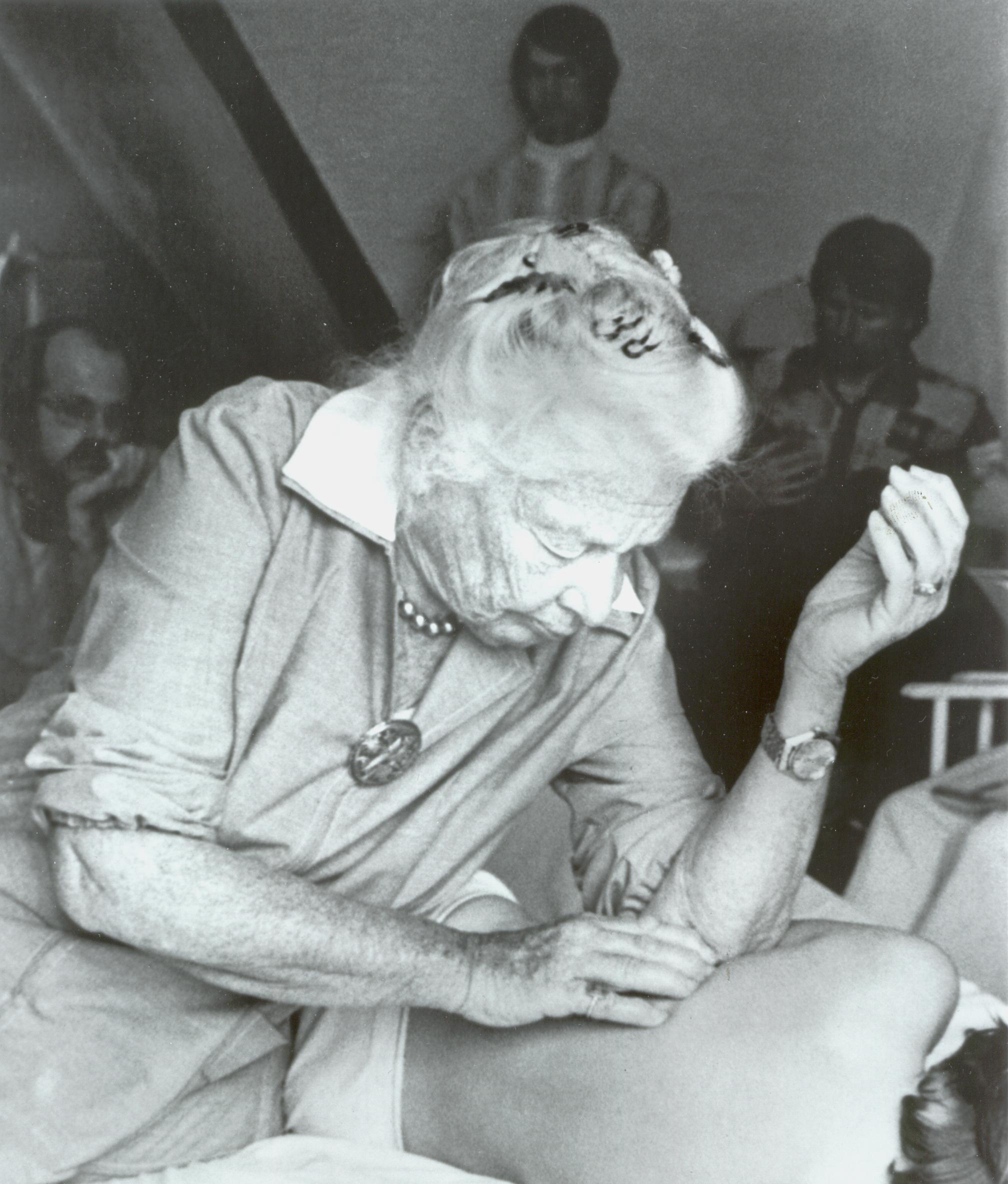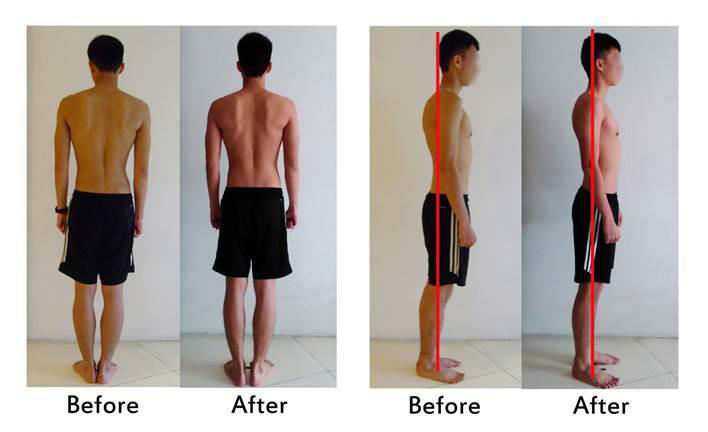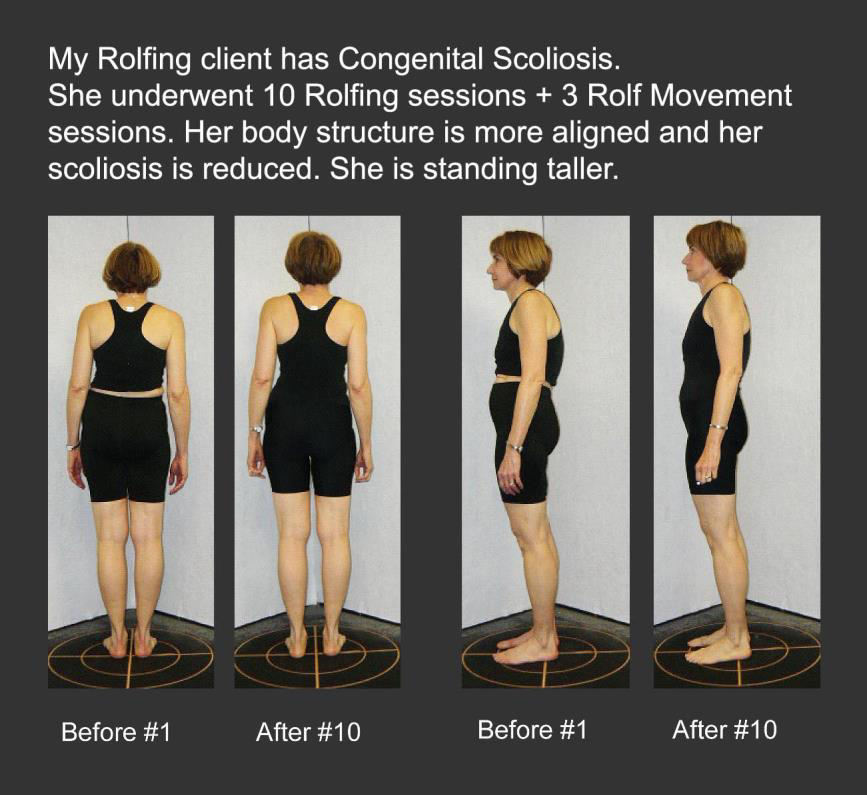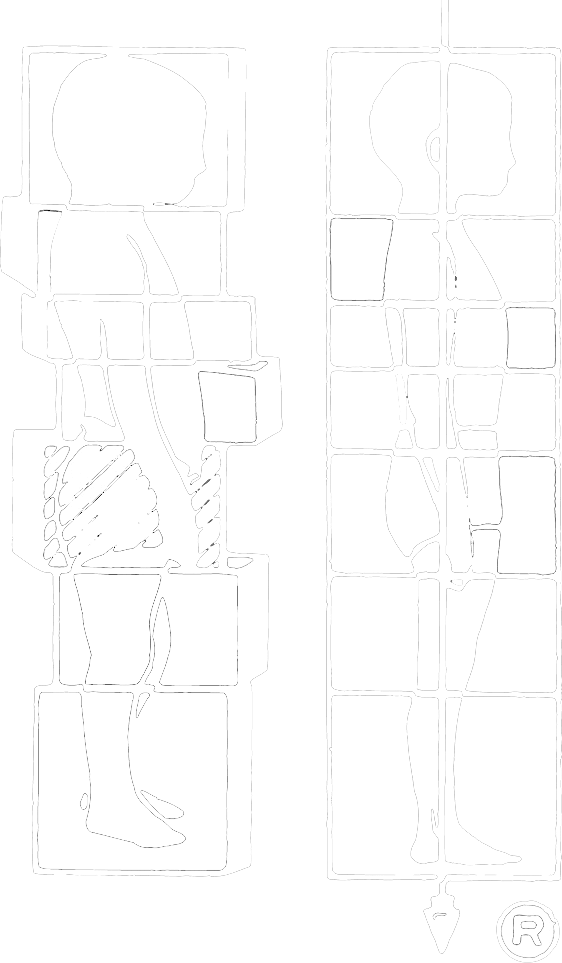“This is the gospel of Rolfing:
When the body gets working appropriately,
the force of gravity can flow through.
Then, spontaneously, the body heals itself.”
~ Ida P. Rolf

Dr. Ida P. Rolf
Dr. Ida P. Rolf was the visionary creator of the Rolf method of Structural Integration. Her journey began in
the world of biochemistry where she earned her PhD from Columbia University in 1917. Dr. Rolf went on to
study European osteopathy, homeopathy, and Eastern traditions. Her legend lives on with a few thousand
practicing Rolfers worldwide, trained at her original school, The Rolf Institute of Structural Integration, now
named the Dr. Ida Rolf Institute® in Boulder, CO. (www.rolf.org)
What is Rolfing?
Rolfing® Structural Integration is a form of hands-on body work and movement training. It’s called Rolfing
after its founder, Dr Ida Rolf. Rolfing® systematically reorganizes the body’s connective tissues, called fascia,
to release, realign and balance the whole body. By addressing patterns of strain that are years and decades
old, Rolfing can resolve chronic pain and restore the body’s natural ease and grace.
Rolfing helps to improve posture, reduce aches and pains and give people greater flexibility, more energy
and greater ease in their bodies. It’s an effective treatment for chronic muscular-skeletal pain conditions,
such as lower back pain, repetitive strain injury, sciatica and stiff and painful shoulders.
Who can it help?
Athletes, dancers, students of yoga and meditation, artists, actors, musicians, business people, people
riddled with chronic pain and stress and those seeking improved performance in their professions and daily
activities. People of all ages use Rolfing to optimize the experience of living in their body and to come into a
more personal and profound relationship with earth, spirit, self and other. Rolfing® can also be used as a
way to prevent future repetitive use injuries.
A Typical Session...
Rolfing sessions last 60 minutes. Clients are usually more active in the Rolfing process than with other types
of bodywork. The work becomes more effective as clients participate in ways such as performing specific
movements or placing attention their internal experience. Some of the biggest take-aways from sessions
happen when clients turn their attention inward to truly feel the effects of the work and their moment-to-moment sensations. Typical Rolfing attire for men and women can be their regular underwear or something
like short, loose fitting gym or yoga wear. Access to skin is great but your level of comfort is more
important.
The Rolfing® 10-Series
The Rolfing-10 Series, which is like a “tune up” or “extreme makeover” for your entire body. Every session
is 60 minutes and most people opt to receive one session per week for 10 weeks. This 10-session process
restructures the body in segments, aiming for optimal flexibility and range of motion by balancing the body
from front to back, side to side, top to bottom until complete integration is achieved. Each session builds
upon the last and prepares the body for the next, integrating movement education to encourage long-term
change and reduce the occurrence of future injury.
The 10 Series is ideal when focusing on the entire structure, but individual one-time sessions targeting
particular injuries or concerns are also available.
Rolfing® 10-Series Outline
Rolfing Can Correct Poor Posture
A client came in for the Rolfing 10-Series, complaining of tight neck and shoulders. After Session One, the
visual change is obvious. The head is sitting more aligned with the spine and he is breathing much easier.
(See photo below)
At the end of session, client said… ” I never felt this way before! “

Possible change after the Rolfing 10-Series

Scoliosis: What to do?


